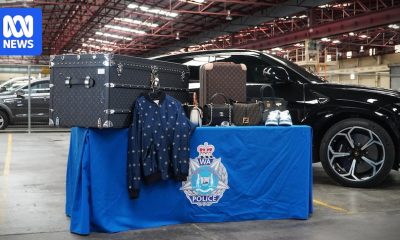Science
Extraterrestrial Plutonium Atoms Turn Up on Ocean Bottom – The New York Times
The rare form of the element found on the Pacific seabed points to its violent birth in colliding stars.

The second path is a variation on the first. A supernova leaves behind a dense, collapsed core known as a neutron star, which packs as much mass as the sun into an area about the size of Manhattan. The merger of an orbital pair of neutron stars is also seen as producing a burst of heavy elements, including gold and silver. In 2017, for the first time, astronomers looking for gravitational waves found evidence of two neutron stars smashing together, giving the cosmic theory a significant boost.
Now,…
-

 Noosa News19 hours ago
Noosa News19 hours agoChild, 15, arrested over death of another child, 8, after shocking e-bike crash in Queensland
-

 General12 hours ago
General12 hours agoPerth man charged after investigation into organised crime and tobacco store attacks
-

 General17 hours ago
General17 hours agoCrowe toasts talkback titan for platforming ‘voiceless’
-

 General10 hours ago
General10 hours agoARIA Awards 2025 winners: Amyl & The Sniffers and Ninajirachi dominate

